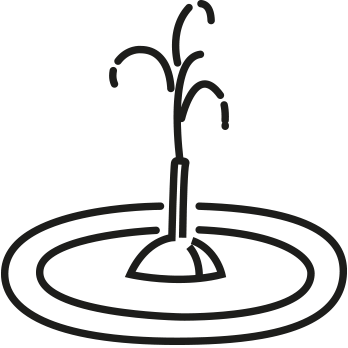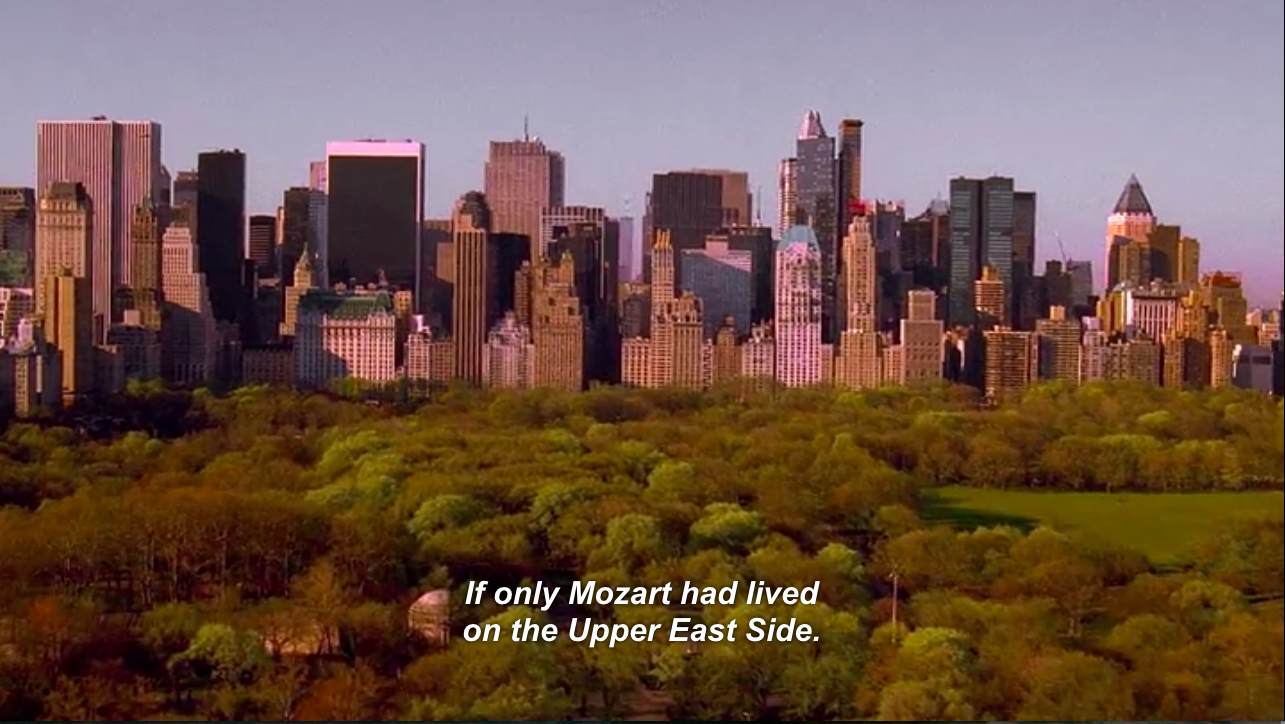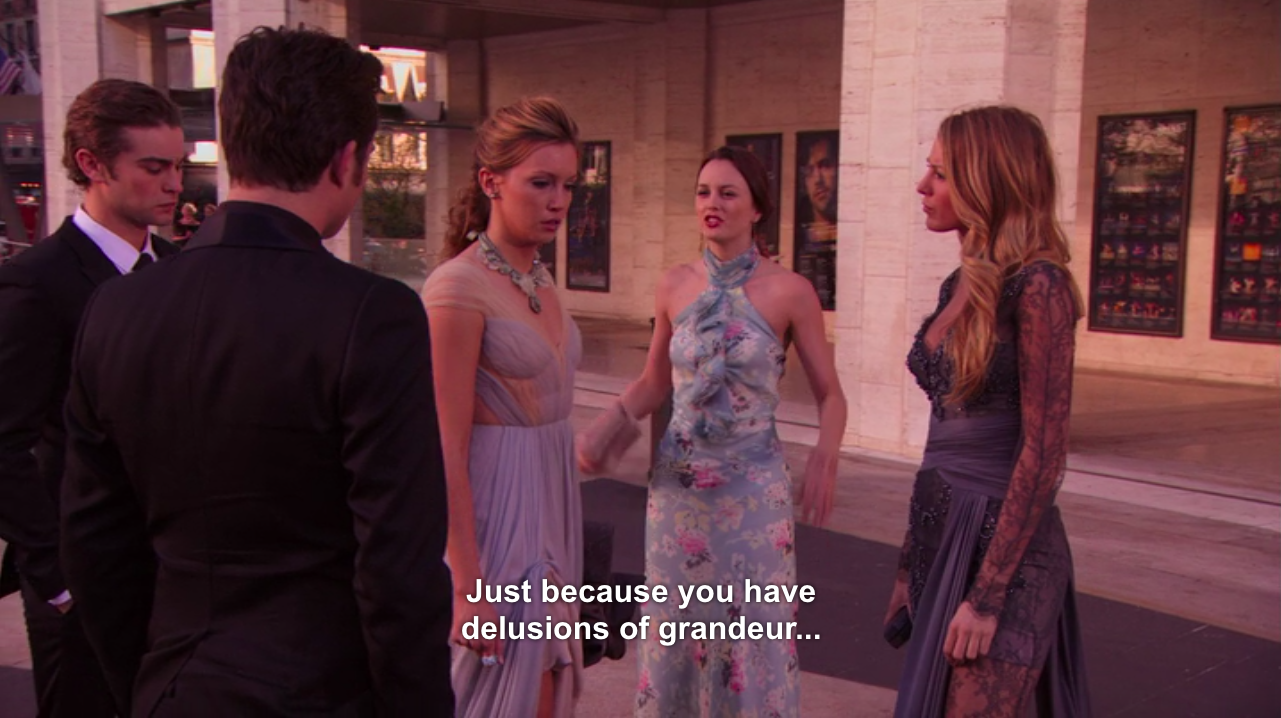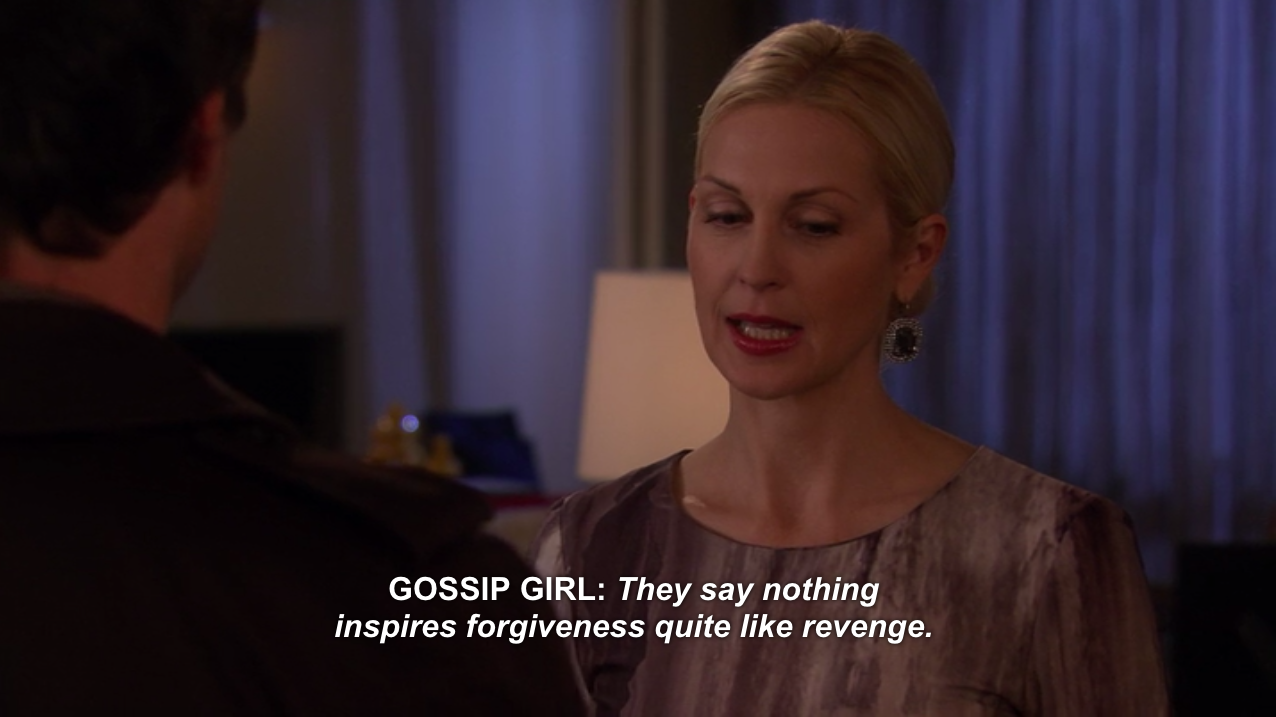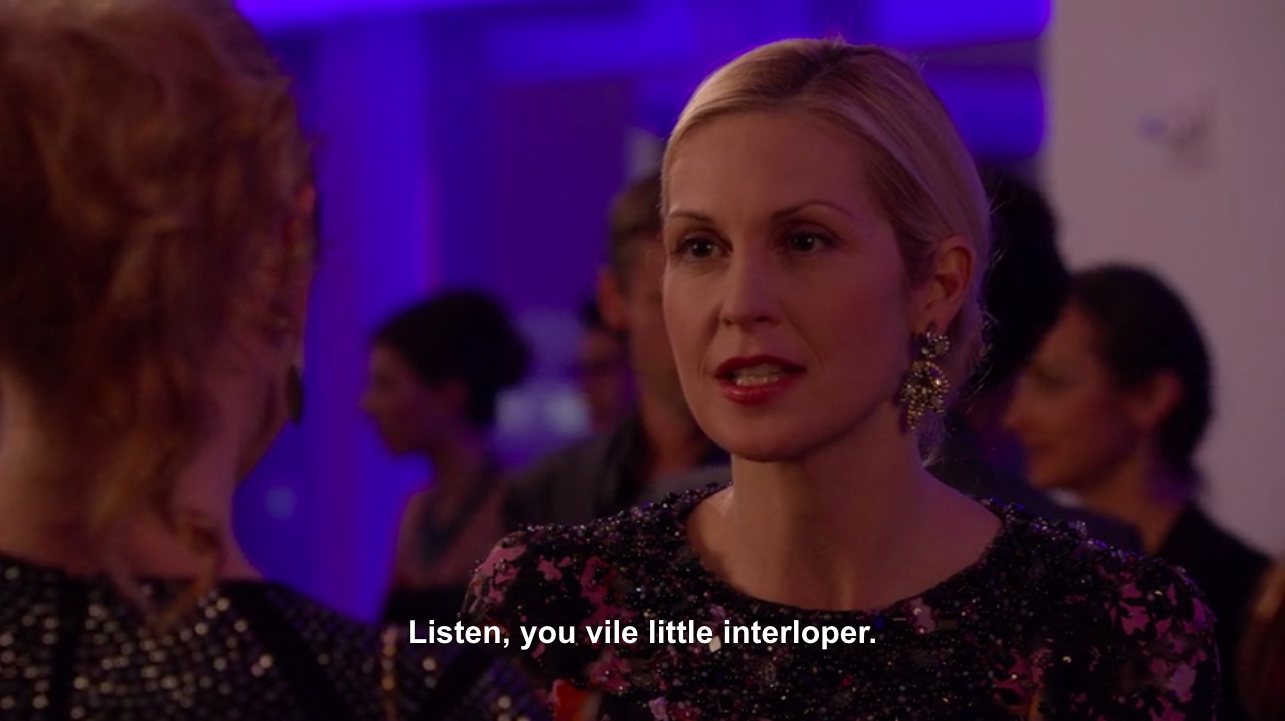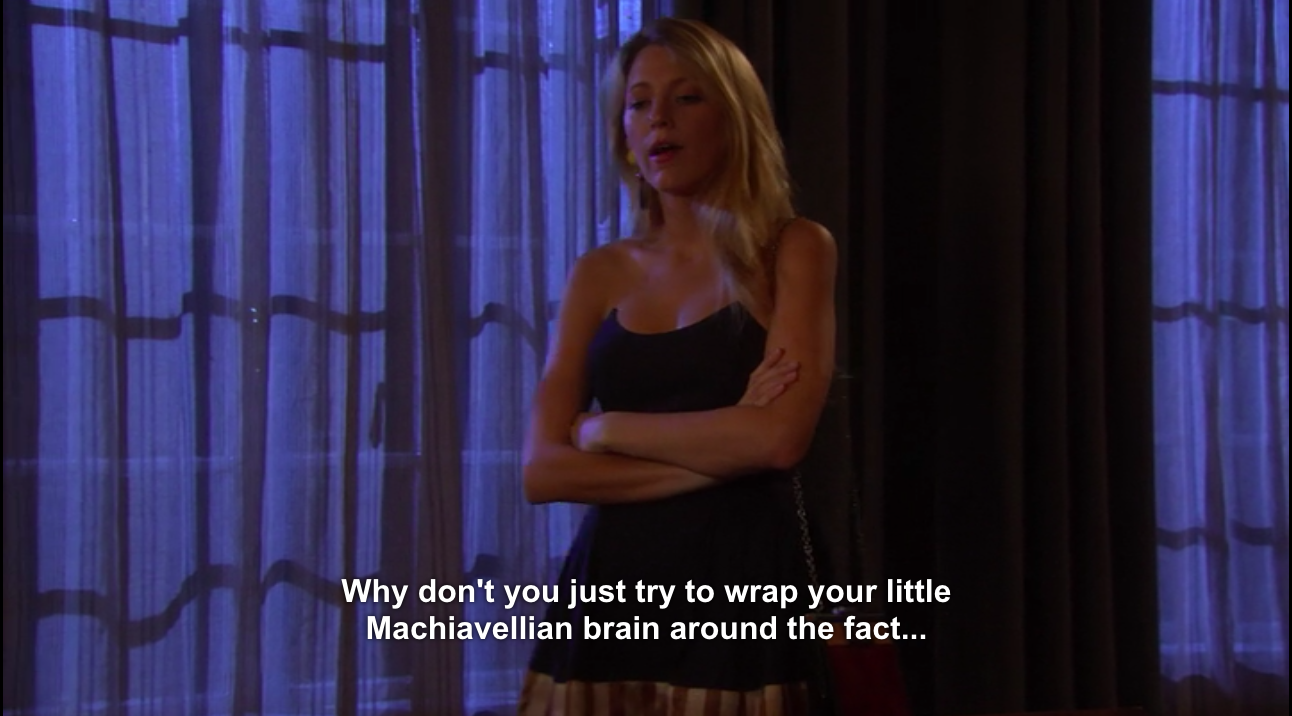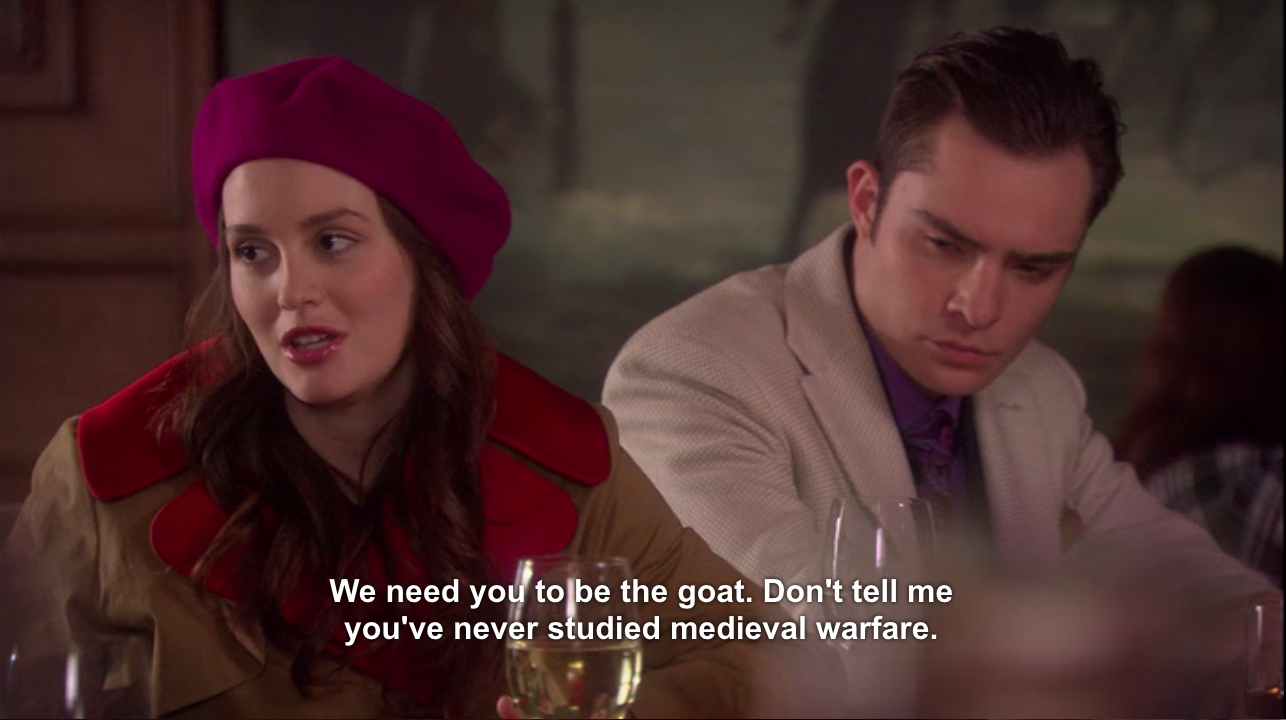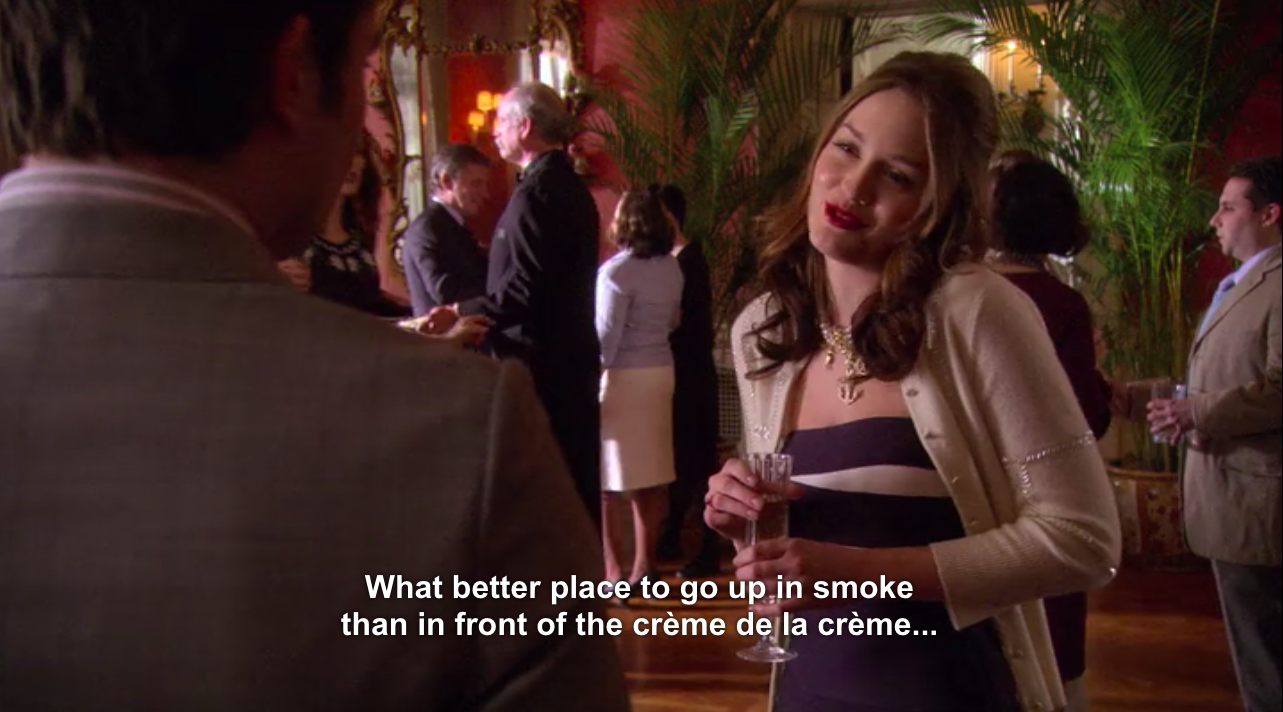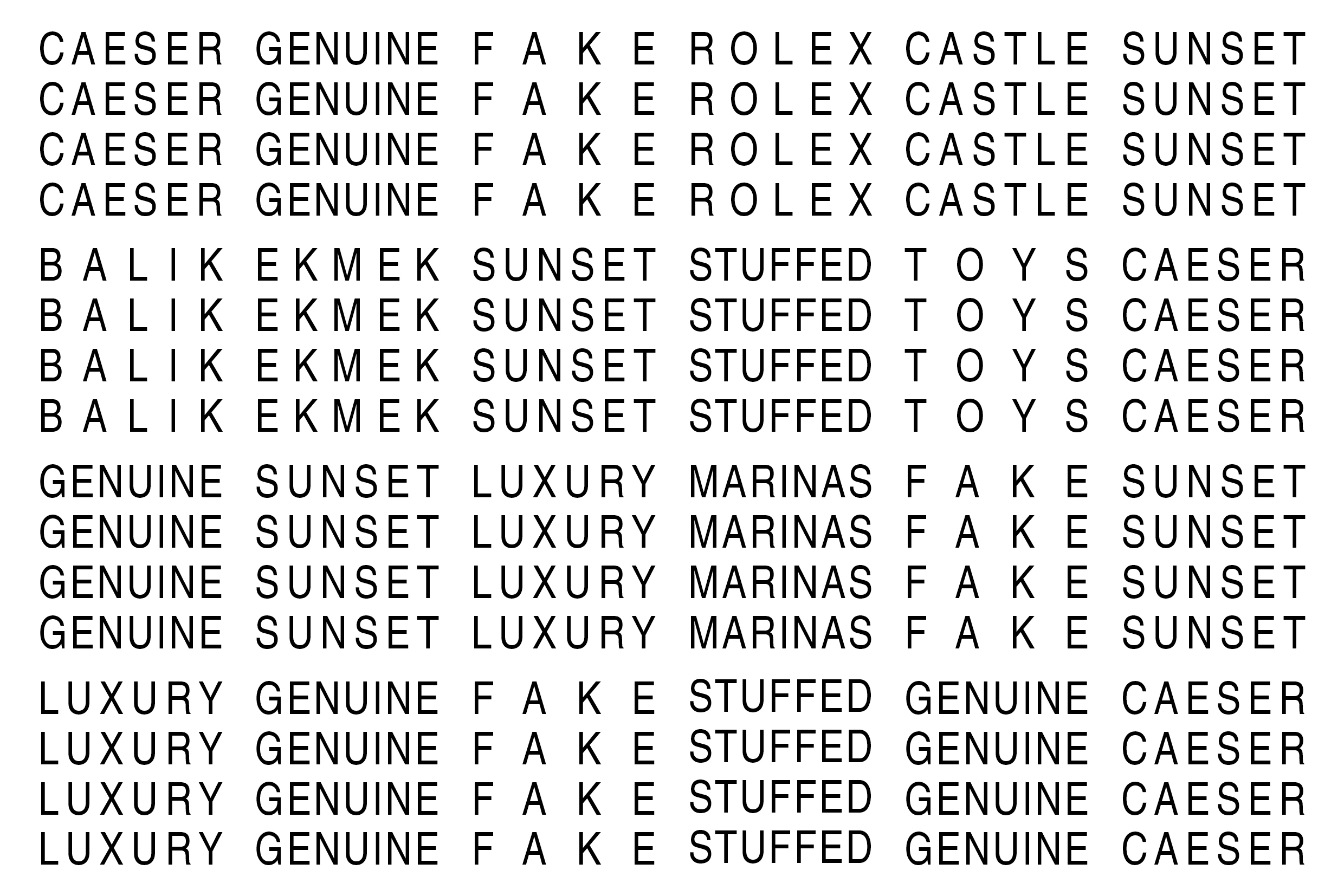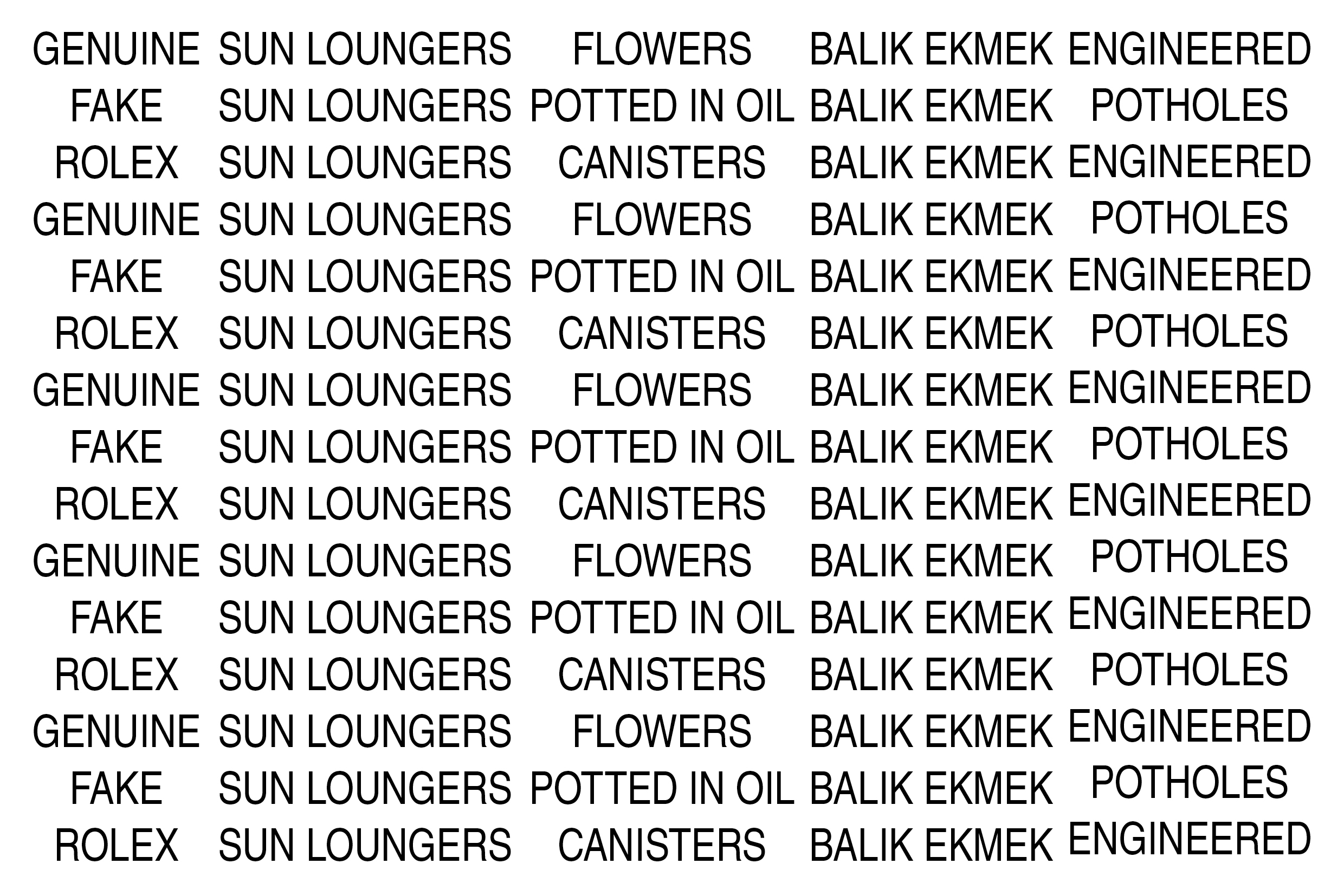Although the aesthetic coding is different, the focus on developing a narrative, a context that people can attach to — a lifestyle — is consistent with the approach of Britain’s housing industry, and the desire of property developers and estate agents to masquerade as something both innocuous and meaningful. One of the tactics utilised by Selling Sunset’s producer Adam Divello is to use a still camera, rather than the roving, Gonzo-style filming or surveillance cameras of early reality television. This falsely and tactically situates Selling Sunset in the realm of cinema, as it did with Divello’s earlier shows Laguna Beach and The Hills, framing each scene like a museum diorama, slightly removed from the mess of lived reality.
Lifestyle estate agents such as The Modern House and its sister agency, Inigo, Aucoot and Brickworks, play similar ‘tricks of the light’ — both literally, and metaphorically — adjusting the brightness and contrast on their pictures according to the target market, making something appear as it is not. Generally, estate agents use warmer and muted tones for those who ‘have’ cultural capital, and brighter and colder for those with (or projecting) cash capital. They seem to be as focused on catching and holding our attention, as they are on booking viewings or hosting open houses (with ‘burgers and botox’ if you’re Christine Quinn, and probably with artisan croissants and CBD-infused drinks if you’re in Hackney). They want to sell a story — of the house, of the brand, of your life — as much as they want to sell bricks and mortar.
The impetus to ‘get on the property ladder’ has been shoved down the proverbial throat of people in the United Kingdom for years, mostly since the mid-1970s when Margaret Thatcher became leader of the Conservative Party and declared her belief in a ‘property-owning democracy’. As Prime Minister, Thatcher eroded what she considered to be the ‘nanny state’, with the Right to Buy policy encouraging council tenants to buy their homes at reduced prices, and Thatcher’s larger policy, the Housing Act, making it so that councils could no longer build council housing. The job now sat within the housing market, with property developers buying land and building a percentage of so-called affordable housing in luxury developments. This lead to an immediate, and continuing, lack of actual affordable (or available) housing, a fact exacerbated by the ‘bedroom tax’ introduced by David Cameron at part of the Welfare Reform Act in 2012, which meant that people deemed to be ‘under occupying’ their housing would have to pay a tax and ultimately move (but where to) — a policy deemed to be discriminatory and incompatible with the European Convention on Human Rights, but still enacted.
As the pressure to own a house has increased, it has become more and more difficult to not only ‘get on the property ladder’, but to live anywhere securely, as the possibility of living in a council owned or privately rented property long-term has declined. And as the potential for a house to become a home has diminished, it’s somehow become increasingly important for where to live to project not only how ‘successful’ we are, but how interesting we are, too. We’re not just making aesthetic choices, we’re making meaningful choices; establishing a narrative that simulates a home.
The pressure for the interior and exterior of your home to project an abstract vibe of success (à la Hyacinth Bucket’s Keeping Up Appearances) has been in the ether for a while, however you’ve come to live there. What those codes are might depend on the specifics of what your neighbours are up to, but it’s increasingly likely that they will be a reflection of somehow both broader and more specific trends — ‘variously local’ lifestyle fads that proliferate globally online, into the homes of particular types of people who draw their reference from particular types of places, establishing a mirage of culture and taste, served up by the algorithm, via Zara Home and AliExpress.
In the thirty years prior to Thatcher’s premiership, the government had built close to half of all homes in Britain, and in her focus on home as property — something you own — rather than where you live, a basic human right became a competition. Between the 1960s and early 2000s, the number of people in England who lived in a home they owned rose from around 40% to just under 70%. A particular balance of housing stock, shifting rates of interest and inflation, and precarious money lending policies, created a climate that encouraged people to buy. You could get 130% loan-to-value mortgages with low interest rates, and if you were lucky and held onto the house, the rate of inflation could mean that a house bought in the 1980s for £30,000 is now worth over £1,000,000. But since 2008, and the global financial crisis triggered by excessive speculation and lack of regulation in the housing market and its surrounding financial institutions, what was known as the ‘housing bubble’ has burst, and the ‘property ladder’ collapsed. The principle, if we can call it that, relies on people moving house often, buying increasingly expensive houses, with bigger and bigger loans that they can take out against their ever increasing salaries. Rather than seeking to keep moving, literally, but also in the sense that Thatcher and John Major, and Tony Blair’s New Labour encouraged through rhetoric that “things can only get better”, for most people, the focus is more on being able to stay put.
Against this backdrop, agents’ photographs and property descriptions are uncannily optimistic: editing the sky to make it Mediterranean blue, stretching rooms out with a Fisheye lens, and describing a cupboard as a bedroom. Or showing people around a flat with a kitchen entirely made of paper and describing it as “a new Japanese trendy thing”, which plays out in a scene from the first episode of The Armando Ianucci Show in 2001, but it could easily be a scene from life.
Perhaps even more insidious, in terms of false optimism and manipulation, is the presentation of house-hunting or house-window-shopping as culture, as entertainment. Something that offers value, rather than something that gobbles up huge amounts of money, and lulls people into an addictive para-social relationship with estate agents that feeds off of their desires. It’s clear that estate agents want people to buy into a sort-of simulation of house-hunting (not even home ownership), turning house listings into content, ‘editorialised’ (through interviews, or contextual research on the history of the house of flat), and served up as something to consume and be consumed by.
Whether it’s via Instagram, or through digital and print publishing, estate agents, property developers and ‘place-making’ agencies manufacture content that supports their perspective and financial plans, and present it as a newspaper, a magazine, or a beautifully ‘curated’ social media profile. They establish a false sense of security — of not ‘consuming’ at all — and swipe the rug out from underneath you when you realise that you are reading, or walking in, or scrolling through a manufactured, marketed version of reality. In 2010, I lived across the road from a branch of Foxtons and it took me a few months to realise it wasn’t a cafe. Now, an estate agent could pull off being a whole ‘lifestyle brand’ — whatever this means — a cafe, a shop, a publishing house, getting us addicted to the idea of property ownership, caught in a loop of supply and demand, but just of the simulation version of things.
There’s always been a relationship between publishing and the market, whether it’s interiors magazines suggesting the tap, or wallpaper or chair to buy, or showing the reader what their kitchen should look like. But they also show the many different ways that people live, homes that aren’t aspirational in terms of things you could have or should want, but aspirational in terms of fulfilling what those people want and need from their surroundings.
House & Garden was first published in America in 1901, and in 1947 in the UK, with the very similarly titled Homes & Gardens first published in the UK in 1919; The World of Interiors, Country Living and Elle Decoration had their first issue released in the UK in the 1980s, and Living Etc in the 1990s. Each magazine fulfilled different remits within the world of shelter magazines, from DIY tips and recipes, to product features, interviews, and more artful representations of how people live. They appeal to our curiosity about how people live, they present archetypes and alternatives, traditions and innovations. I edit an interiors magazine, Ton, and it is a privilege to be trusted with someone’s home — writing about the lives lived within those walls, standing in a stranger’s bathroom talking about the pictures above the loo. It’s a strange and intimate experience, and at their best, the stories communicate the many different ways that people can make a house a home. Whether it’s to do with how they’ve come to live there — through squatting, guardianship, renting, social housing, subletting, buying, or inheriting a place — the choices they make, and how it reflects the needs and desires of the people who live in a home and their community, what makes the interior of a home interesting is rarely the aesthetic, it’s how it expresses the character and experiences of those who live there.
But it is often the case, due to financial pressures and by design, that magazines function to project aspirations and encourage people to buy, or at least tell the reader that what they have isn’t enough. The founding of many of the interiors magazines that still hit newsstands crosses over with the same developments in politics and culture that lead to the development and popularisation of home-as-identity television, which made a voyeuristic spectacle of people making bad decisions about housing, with several programmes in British television becoming renowned in generating this melodramatic genre. The commissioning and enjoyment of these shows was a consequence of the economic recovery in the 1990s, Blair’s Thatcher-hangover policy of largely letting the market decide when it came to broadcasting — desiring cheap-n-cheerful television that was both easy to run and non-critical —and the resulting rise of reality TV, with its heady mix of escapism and schadenfreude.
Through the Keyhole – a celebrity panel show hosted by David Frost and Lloyd Grossman where people tried to guess “who lives in a house like this”– first aired in 1989, and was one of the first examples of ‘housing as entertainment’. It wasn’t until the mid-1990s that Changing Rooms, and Linda Barker’s Changing Rooms Teapot Disaster (you can imagine, or watch on YouTube), was commissioned. Changing Rooms was swiftly followed by the first house buying television show, the short-lived Hot Property, in 1997. Kevin McCloud’s Grand Designs first aired in 1999, the description for episode one set the tone for what was to come: “A couple in Newhaven face a race against time as they build their dream home on a windswept cliff-top site in time for the birth of their baby”. In 2000, A Place in the Sun and Location, Location, Location first broadcast, followed by Property Ladder in 2001 and Escape to the Country in 2002.
In Location, Location, Location, two pre-Righmove ‘property searchers’, Kirsty Allsopp and Phil Spencer search for properties. The show narrates the changing housing market according to the deposits, requirements, and choices of predominately middle-class nuclear families making the essentially government-endorsed choice to move to the suburbs, grow the future workforce, and stimulate the economy. Allsopp lobbied for changes to the way houses were sold in England, Wales, and Northern Ireland in 2007, and worked on a home buying review with then-shadow housing minister Grant Shapps. Since then, she has suggested in The Times that young people are exaggerating when they say they can’t afford to buy a house, and that it would be possible through ‘enormous sacrifices’ such as not going on holiday, eating out, or buying avocados.
In 2000, when Location first aired, 20% of young people in England owned their own homes; by 2014, that figure had fallen to under 10%, where it remains today. In 1991, 35% of 16-24 year olds owned their own home; in 2024, that figure had dropped to 0.1%. House prices have risen by about 7% every year since 1980, while job security has decreased, wages have largely remained stagnant (particularly in relation to rates of inflation), and mortgage terms and interest rates have become increasingly hostile. As owning a house has become more unattainable, it has been presented as not only an increasingly desirable aspiration, but something written in stone as one of the clearest markers of achievement. When, really, it’s just a hangover of Thatcher’s government, fed through the narrative conveyer belts of New Labour and neoliberalism, designed to make housing security about personal achievements and failures, not generational wealth and by-design structural breakdowns.
The inaccessibility of property ownership is matched in absurdity by the predominately unregulated rental market in the UK, and impossibly depleted council housing, hawked over by developers. Housing could be — should be, has been — a matter of right, a collective responsibility to make possible and maintain, and not a personal triumph bolstered by circumstantial privileges. The irony of many of the houses and flats now being lauded as objects of desire and capital is that they were originally built as council housing with socialist values, in the late 19th and through the 20th century. Today this feels rich, both metaphorically and literally. For instance, the Boundary Estate, a housing development in East London built by the local government authority in the late 19th century, was one of the first social housing schemes in the UK. Approximately one-third of the flats in the Grade II listed estate are now privately owned, and a two-bedroom flat costs around £700,000. Similarly, Balfron Tower, designed by architect Erno Goldfinger in 1963 as part of the Brownfield Estate in East London, was intended as a social housing estate led by Goldfinger’s Marxist politics. He saw the potential of neighbourly bonds in the ‘streets of the sky’, but as its commissioner, the London County Council was succeeded by the Greater London Council The council was abolished in 1986 and was passed on to Tower Hamlets Council, which then became a ‘no-go area’. It was used as a set in the apocalyptic zombie horror film 28 Days Later, and generally treated as shorthand for the failures of state-backed building.
In 2010, Poplar Harca, a housing association, took over ownership of Balfron Tower from Tower Hamlets Council, winning a vote prior to which it had told tenants the association would refurbish their flats. Everyone was rehoused, but only private leaseholders were allowed back — with social housing tenants being told that the impact of a global financial downturn meant it wasn’t possible for them to return. During the renovation process, the construction hoardings were printed with Goldfinger quotes, and the marketing suite was decorated with pictures of his designs and an enthusiastic aesthetic celebration of Brutalism.
Six ‘heritage units’ were designed to reflect the original vision in aesthetic terms, while the project moved further away from anything that could be recognised as politically visionary, and the rest of the building was updated to reflect the potential desires of potential buyers. At one point in its redevelopment — when residents had been moved out, property guardians and artists moved in — the National Trust opened a pop-up flat designed by Wayne Hemingway, where there was an immersive overnight production of Macbeth. Turner Prize-nominated artist Catherine Yass attempted to throw a piano off the block as part of a ‘swan song to the lost socialist ideals of modernist housing’ but was stopped by a petition led by residents living on the estate below.
In 2023, the Balfron Tower Partnership had failed to sell a single flat in Balfron Tower and withdrew one-hundred-and-thirty properties from the market. The potential customer profile the developers were hoping would buy into Balfron for its architectural history (excited by original light fittings and flooring) weren’t interested in the mostly identikit open plan layouts, or the new brown windows that didn’t open. It is now mostly rented to private tenants, managed by the property management company Way of Life, with a one-bedroom flat being rented for approximately £2,000 per month.
Balfron Tower is a tragic, and alarmingly common example of the problems of fetishising social housing as a historical value, and not an ongoing need for stability. In a 2023 interview with Novara Media, Alex Wakefield, secretary of London Renters Union’s Tower Hamlets branch, said that it showed how “good” architecture was not considered acceptable for those on lower incomes: “[Balfron] was not realising some sort of economic value by staying in the hands of the working classes”. “Good” architecture, as well as realising its economic value, should fulfil the task of communicating the cosmopolitan-good-taste of the people who own it — and never have brown windows, unless they are an original feature.
“Good” architecture and “good” design, even when it has been intended as an egalitarian project — like the Bauhaus, and the Arts and Crafts Movement — has often been mixed up with productive intentions and not so effective results, with homes, furniture and objects remaining among those who mostly need it the least. But the creative ideas and ideals did make it into the processes of house building more broadly, even looking at ceiling heights and the scale of rooms in early and mid 20th century developments. Now, the proposed standardisation of modernism, which was meant to encourage people away from value judgements based on design, has been replaced with the standardisation of (loosely personalised) algorithms, with modernist design presented as the platonic ideal of good taste via marketing masquerading as publishing. ‘Multidisciplinary estate agents’ with ‘an elevated aesthetic and ethical approach’ are everywhere, offering their services to ‘discerning audiences’, should we be lucky enough to fit (and foot) the bill. Surely the truest form of an estate agent is closer to late-stage-capitalist-goth-barbie Christine Quinn, or the hapless, incompetent, accidentally frank Stath, desperately trying to let someone a flat.
